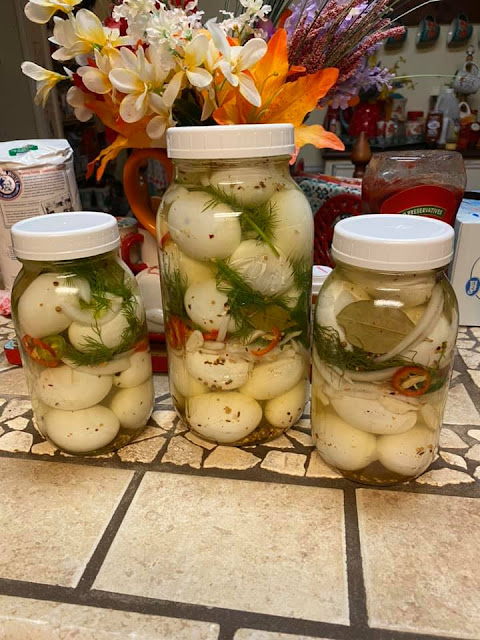Embracing the Magic: The Miraculous Journey of Butterfly Eggs
If you happen to spot small, delicate objects adorning the leaves of your plants, please refrain from harming them.
These tiny treasures hold the promise of something truly magical: butterfly eggs. In a world where nature's wonders are often overlooked or misunderstood, it is crucial that we recognize and appreciate these precious signs of life.
The sight of butterfly eggs may seem insignificant at first glance, easily mistaken for mere specks on a leaf. However, within these minuscule orbs lies the potential for transformation and beauty. Each egg represents the beginning of a remarkable journey—a journey that will ultimately lead to the emergence of a graceful butterfly.
Butterflies are not only captivating creatures that adorn our gardens with vibrant colors; they also play a vital role in our ecosystem. As pollinators, they contribute to the reproduction of countless plants, ensuring the continuation of diverse habitats and the production of food crops. Their presence is a testament to the delicate balance of nature and the interconnectedness of all living beings.
Sadly, butterflies face numerous challenges in today's world. Habitat loss, pollution, climate change, and pesticide use pose significant threats to their survival. As custodians of the environment, it is our responsibility to protect and preserve these delicate creatures and their habitats.
By refraining from killing butterfly eggs, we take a small but meaningful step towards conservation. Instead of treating them as inconveniences or nuisances, let us embrace them as symbols of hope and renewal. Let us foster an environment where these eggs can hatch, caterpillars can feed, and butterflies can take flight.
To create a butterfly-friendly space in your own backyard, consider the following:
1. Plant Native Host Plants:
Different species of butterflies lay their eggs on specific plants known as host plants. Research which native plants attract butterflies in your region and incorporate them into your garden. This provides a suitable environment for the eggs to hatch and the caterpillars to feed.
2. Avoid Pesticides:
Pesticides, particularly those containing neonicotinoids, can be harmful to butterflies and other beneficial insects. Opt for organic and environmentally friendly pest control methods to protect both your garden and the delicate balance of nature.
3. Provide Nectar Sources:
Butterflies rely on nectar as a vital source of energy. Plant a variety of flowering plants that bloom at different times to ensure a continuous supply of nectar throughout the seasons. This will not only attract butterflies but also beautify your garden.
4. Create Shelter and Water Sources:
Butterflies seek shelter from extreme weather conditions and predators. Incorporate elements such as shrubs, trees, and butterfly houses to provide safe havens. Additionally, shallow dishes filled with water and pebbles can serve as vital sources of hydration.
5. Spread Awareness:
Educate others about the importance of butterflies and their conservation. Encourage your friends, family, and community to appreciate and protect these delicate creatures. By spreading awareness, we can collectively make a difference in their survival.
Remember, every butterfly egg represents an opportunity to witness nature's remarkable transformation. By nurturing these eggs and the subsequent caterpillars, we enable the continuation of the life cycle and contribute to the preservation of our natural world.
So, the next time you encounter butterfly eggs on your plants, let them be a sign of wonder and a call to action.
Embrace the miracle of life unfolding before your eyes, and join the ranks of those who champion the conservation of these beautiful creatures. Together, we can make a difference—one butterfly at a time.



















Comments